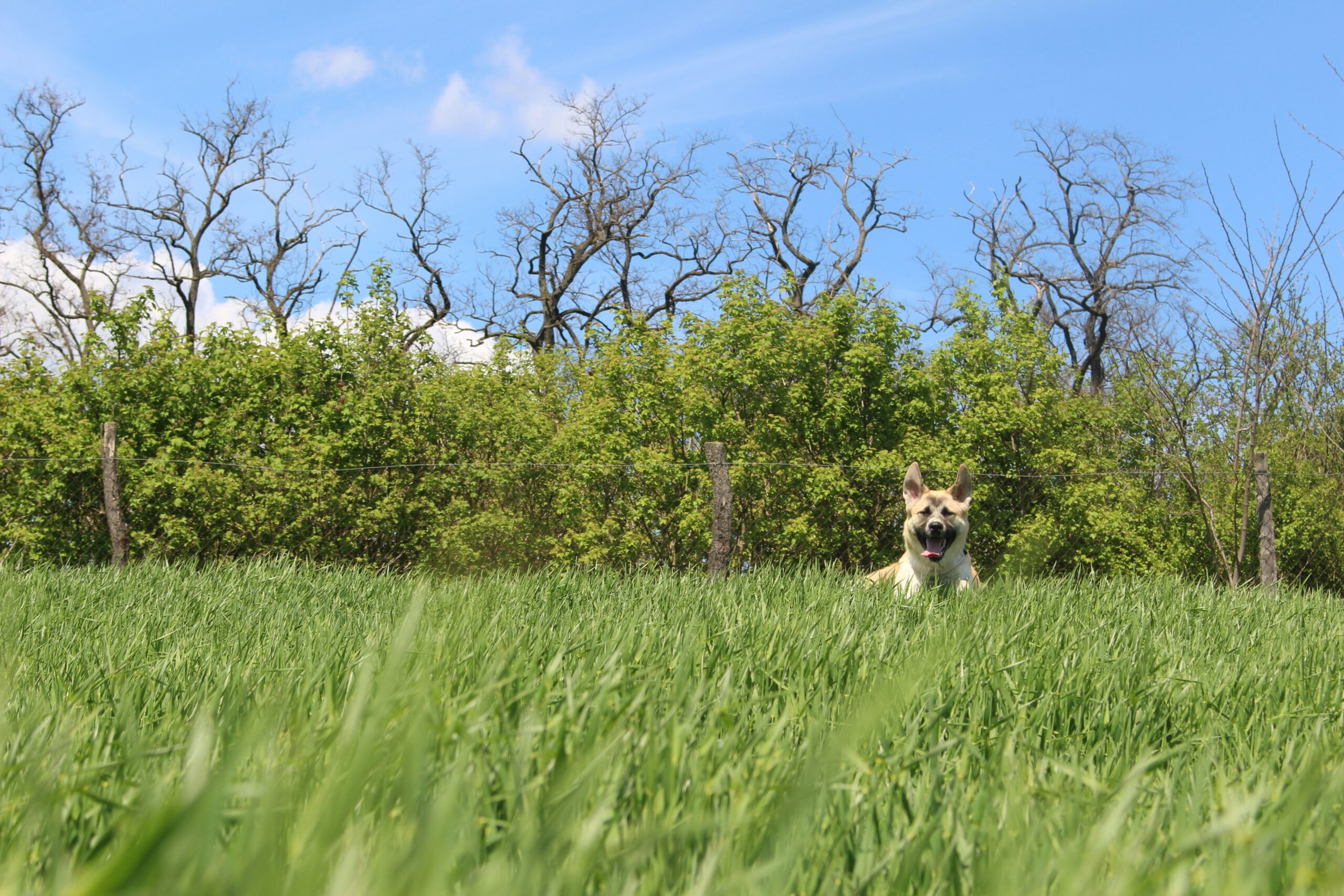Ever wondered why your hunting dog turns its nose up at dinner time, even though you’re serving what the bag claims is “premium”? Yeah, we’ve been there too. Spoiler alert: not all pet food is created equal, especially when it comes to our high-energy, scent-driven companions.
In this post, we’ll dive into the science and soul of hunting dog nutrition. By the end, you’ll know exactly what flavors get tails wagging (and muscles working). You’ll learn:
- The surprising truth behind hunting dogs’ taste preferences
- A step-by-step guide to choosing the right specialized food
- Tips and tricks for keeping your pup energized in the field
- And much more!
Table of Contents
- Key Takeaways
- Section 1: Why Does Hunting Dog Nutrition Matter?
- Section 2: How to Pick the Perfect Food for Your Pup
- Section 3: Tips for Feeding Like a Pro
- Section 4: Real-Life Success Stories from Fellow Hunters
- Section 5: FAQs About Hunting Dog Food
Key Takeaways
- Hunting dogs have unique nutritional needs due to their heightened activity levels.
- Flavors like venison, duck, and lamb are often top favorites among hunting breeds.
- Protein quality matters more than flavor alone—look for whole meats over fillers.
- Avoid trendy but ineffective ingredients that could harm your dog’s digestion.
Section 1: Why Does Hunting Dog Nutrition Matter?

Imagine this: You spend weeks prepping for deer season. The gear’s ready, your body’s conditioned, but your dog collapses halfway through the hunt. What went wrong? Chances are, poor nutrition played a role.
I made this exact mistake once—feeding my Labrador Retriever whatever was cheapest at the store. Big oops moment when he lost stamina faster than my phone battery during an Insta binge. Turns out, hunting dogs are athletes who need fuel tailored to their sport. They work harder, smell longer, and recover quicker than your average couch potato canine.
“Hunting dogs aren’t just pets—they’re partners. Their diet should reflect that.”
Science backs this up. Studies show that protein-rich diets with balanced fats help boost endurance and mental sharpness in working dogs. Plus, certain flavor profiles appeal directly to their ancestral instincts, making mealtime exciting again.
Section 2: How to Pick the Perfect Food for Your Pup
Optimist You: “There must be a simple way to pick good food.”
Grumpy Me: “Ugh, fine—but buckle up because labels can be sneaky AF.”
Step 1: Check the Protein Source
Look for real meat as the first ingredient. Venison, duck, and lamb are fantastic options since they mirror what wild ancestors would’ve hunted. Chicken or beef works too, but novel proteins tend to excite picky eaters while reducing allergy risks.
Step 2: Evaluate Fat Content
Fat = energy. For active hunting dogs, aim for formulas with 15-20% fat content. Omega fatty acids (like those found in fish oil) also support joint health and keep coats shiny as heck.
Step 3: Avoid Fillers and Artificial Nonsense
This one’s non-negotiable. Corn, soy, wheat? Hard pass. Ditto artificial colors and preservatives. These don’t contribute jack squat to performance and may irritate sensitive stomachs.
Step 4: Test Flavor Preferences Safely
Pro Tip: Rotate flavors occasionally to prevent boredom and identify clear favorites. Just introduce new foods gradually to avoid digestive drama.
*terrible tip disclaimer*: Someone online might claim raw eggs daily will turn your pup into a superdog. Ignore them unless you enjoy salmonella scares.
Section 3: Tips for Feeding Like a Pro

- Schedule Smartly: Feed twice daily—not once—to maintain consistent energy levels.
- Hydrate, Hydrate, Hydrate: Active pups need water before, during, and after hunts. Consider collapsible bowls for portability.
- Watch Portions: Overfeeding leads to sluggishness; underfeeding leaves them starving mid-hunt.
- Reward Wisely: Training treats should complement their main diet, not sabotage it.
Section 4: Real-Life Success Stories from Fellow Hunters

Meet Sarah and her Brittany Spaniel, Max. A year ago, Max struggled to keep up during long pheasant hunts. Switching to a high-protein formula packed with venison changed everything. “He’s unstoppable now,” Sarah says. “Last weekend, he flushed out six birds without breaking a sweat!”
Or take Joe, a veteran retriever trainer. His secret weapon? Duck-flavored kibble. Not only does it align with natural prey instincts, but it also keeps his Goldens laser-focused on training days. Translation: Happy dogs = happier hunters.
Section 5: FAQs About Hunting Dog Food
Q: Can I feed my hunting dog regular commercial food?
Absolutely, but choose wisely! Regular brands often lack the protein punch needed for peak performance. Stick to formulas labeled “high protein” or specifically designed for active dogs.
Q: Are grain-free diets better for hunting dogs?
Not necessarily. Grains themselves aren’t evil, provided they’re paired with quality protein. However, many owners report fewer allergies with grain-free options.
Q: Should I add supplements?
We recommend consulting your vet first. While some supplements (like glucosamine for joints) benefit aging dogs, unnecessary additions can do more harm than good.
Conclusion
By now, you’ve got the lowdown on Hunting Dog Favorite Flavors. From understanding why specific tastes matter to learning which nutrients power their success, you’re equipped to elevate your furry partner’s game.
Remember: Good nutrition isn’t just about survival—it’s about thriving together. So go ahead, try that venison recipe or test-drive a new flavor combo. Your hound will thank you… probably by eating faster than ever!
And hey, here’s a haiku to wrap things up:
Ducks fly, scents swirl strong,
Tail wags meet full belly growls,
Teamwork wins the day.


